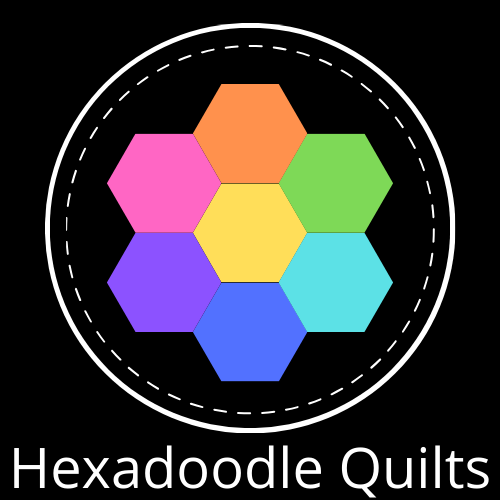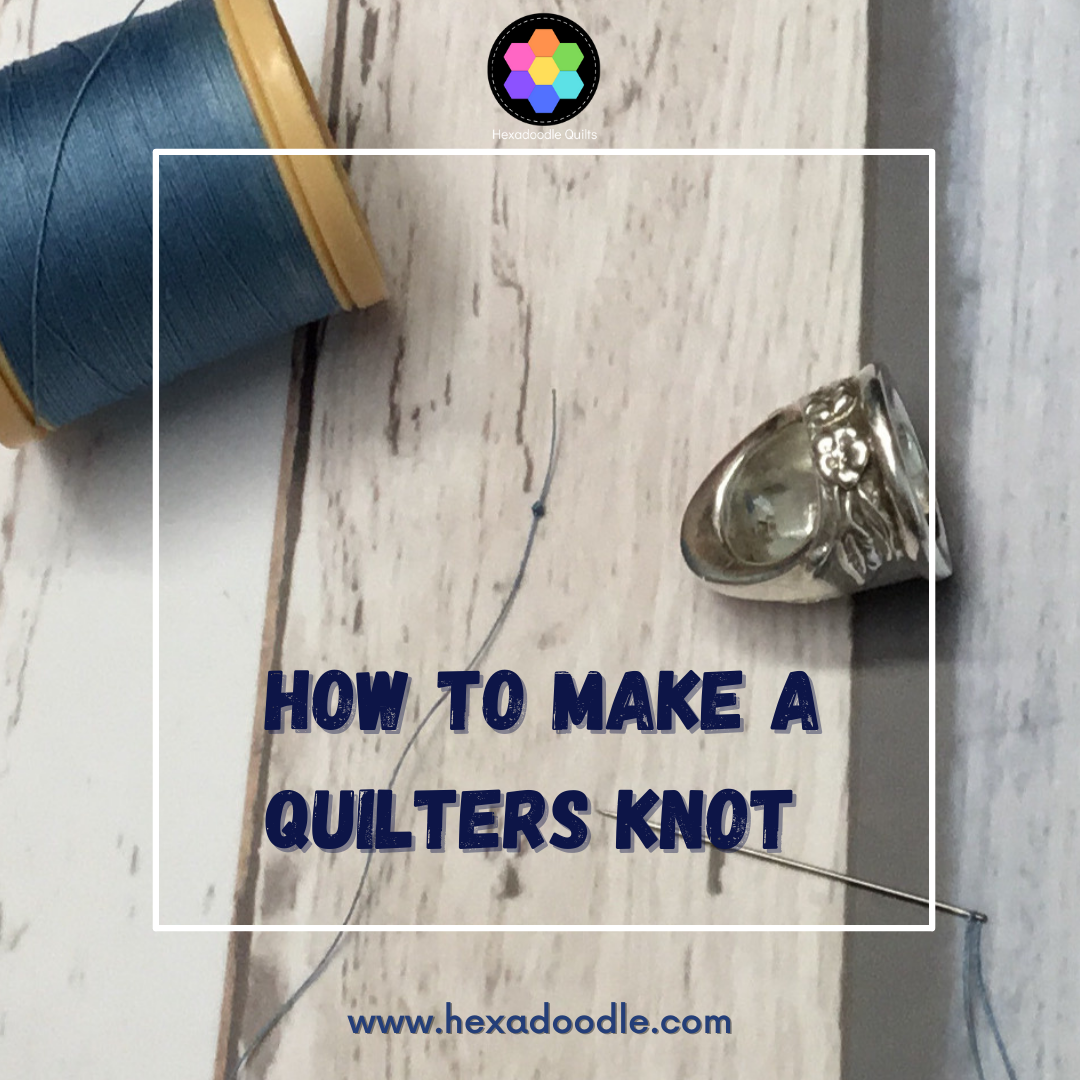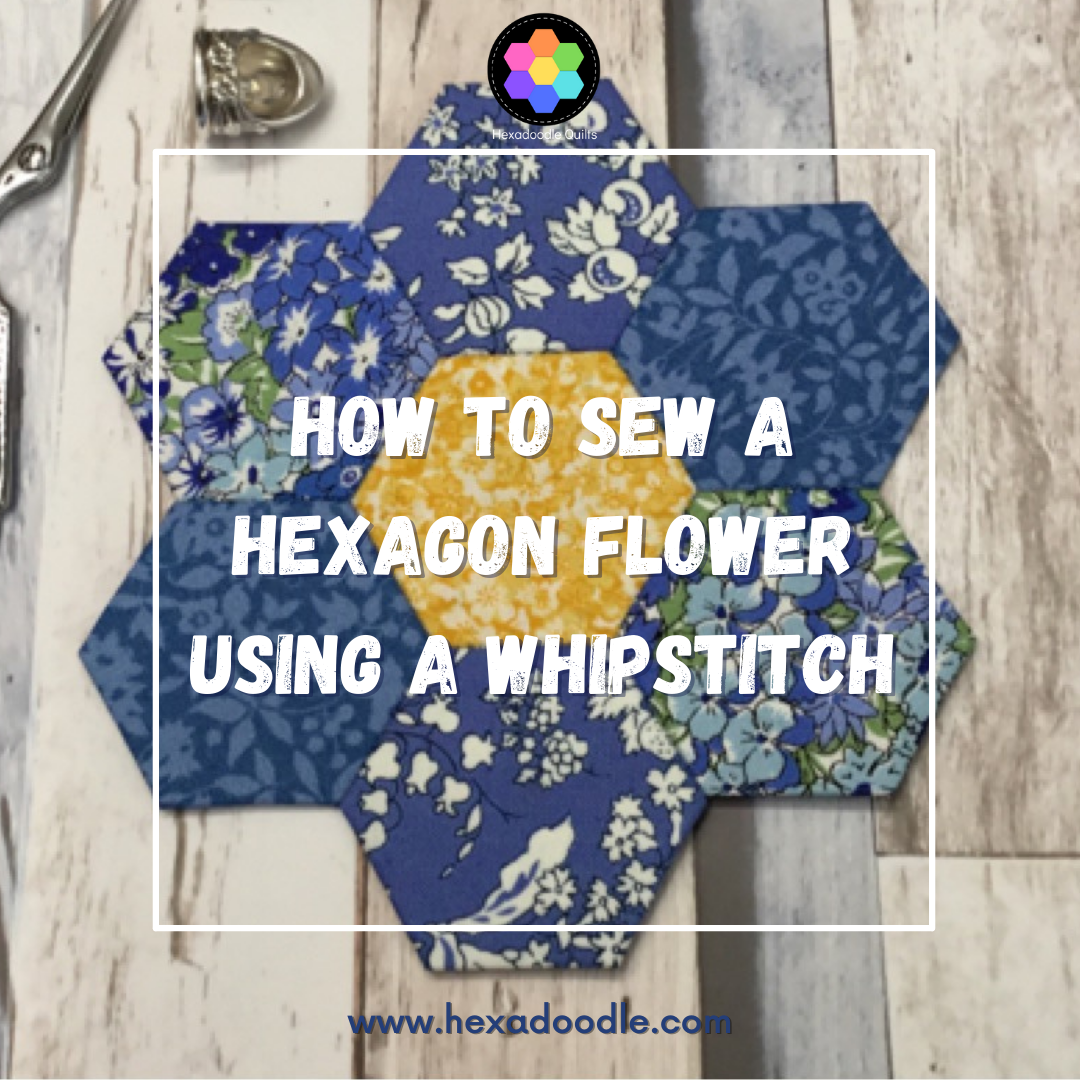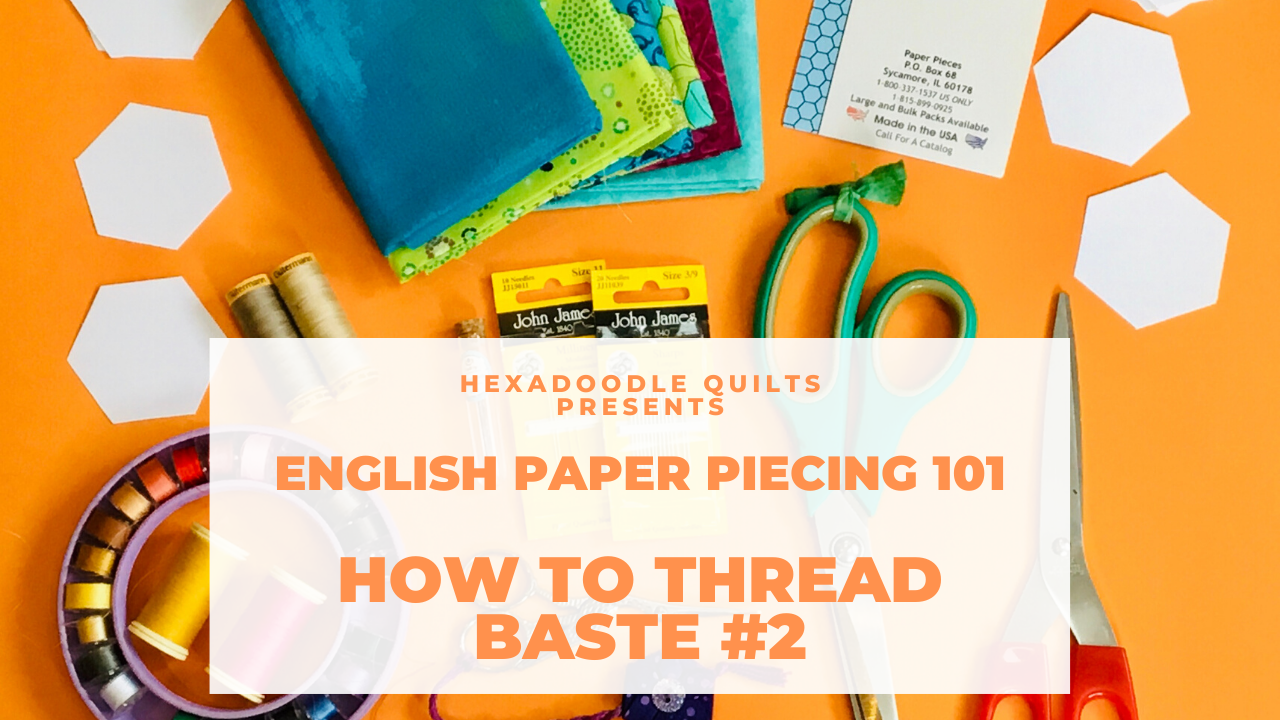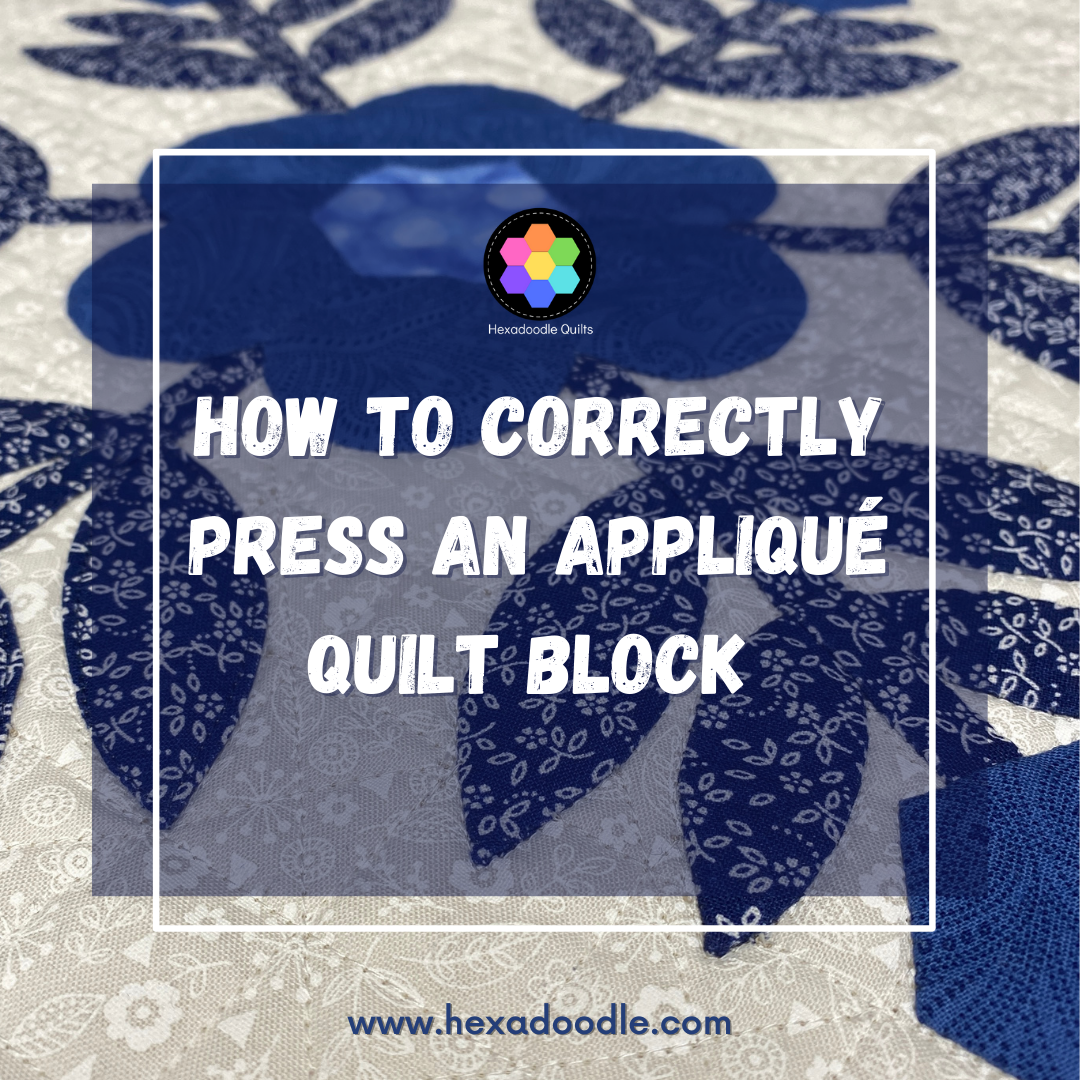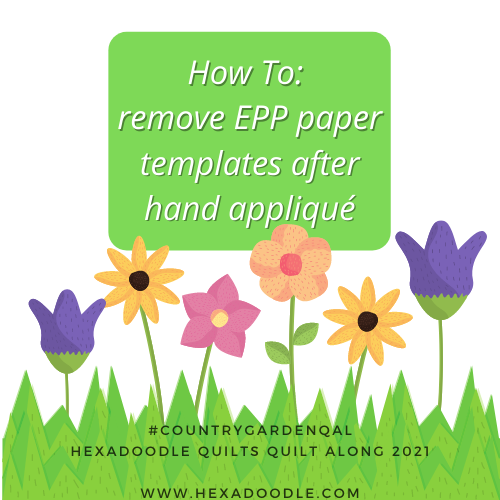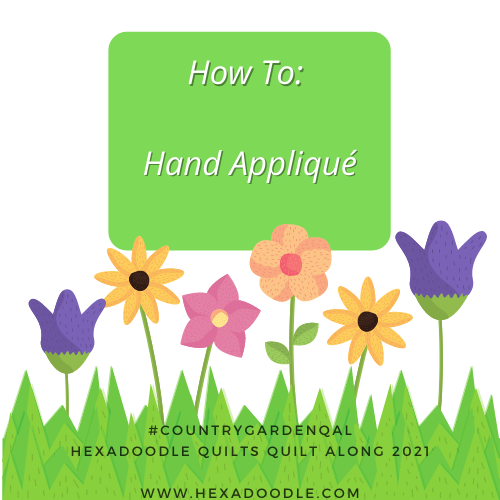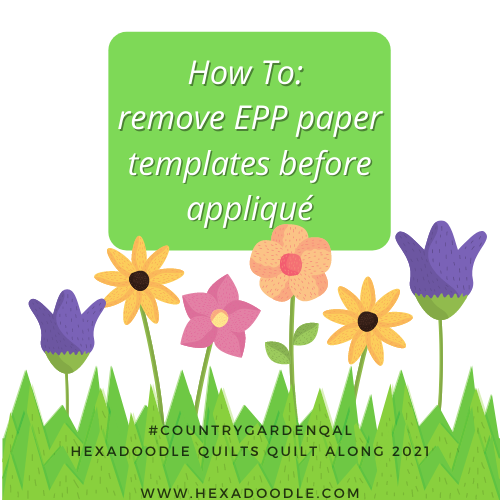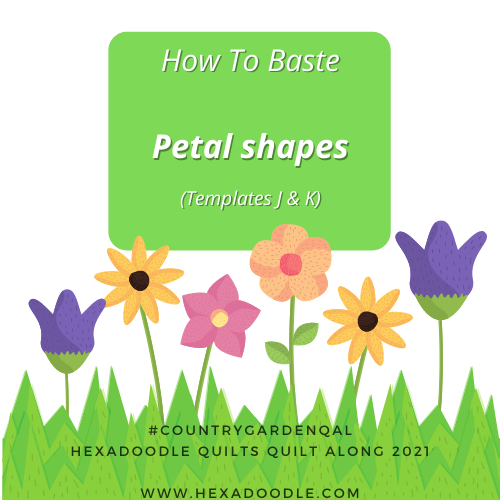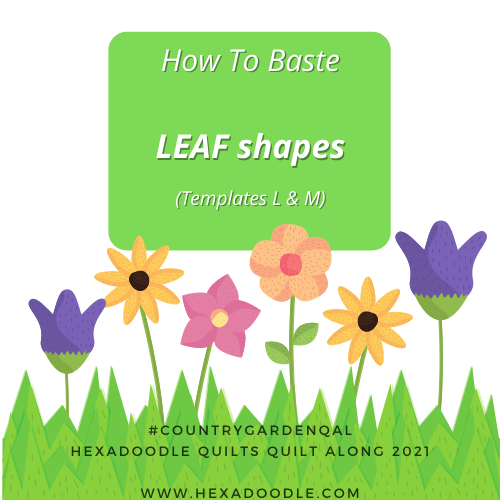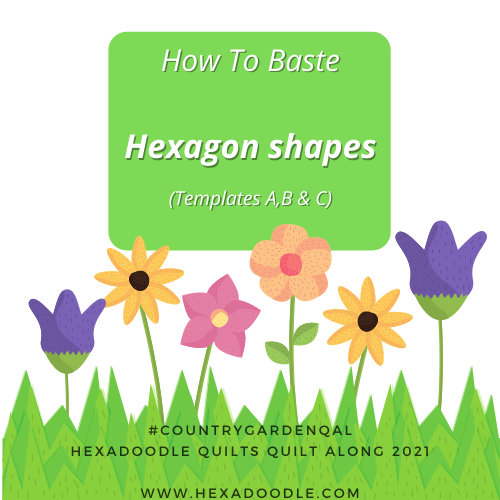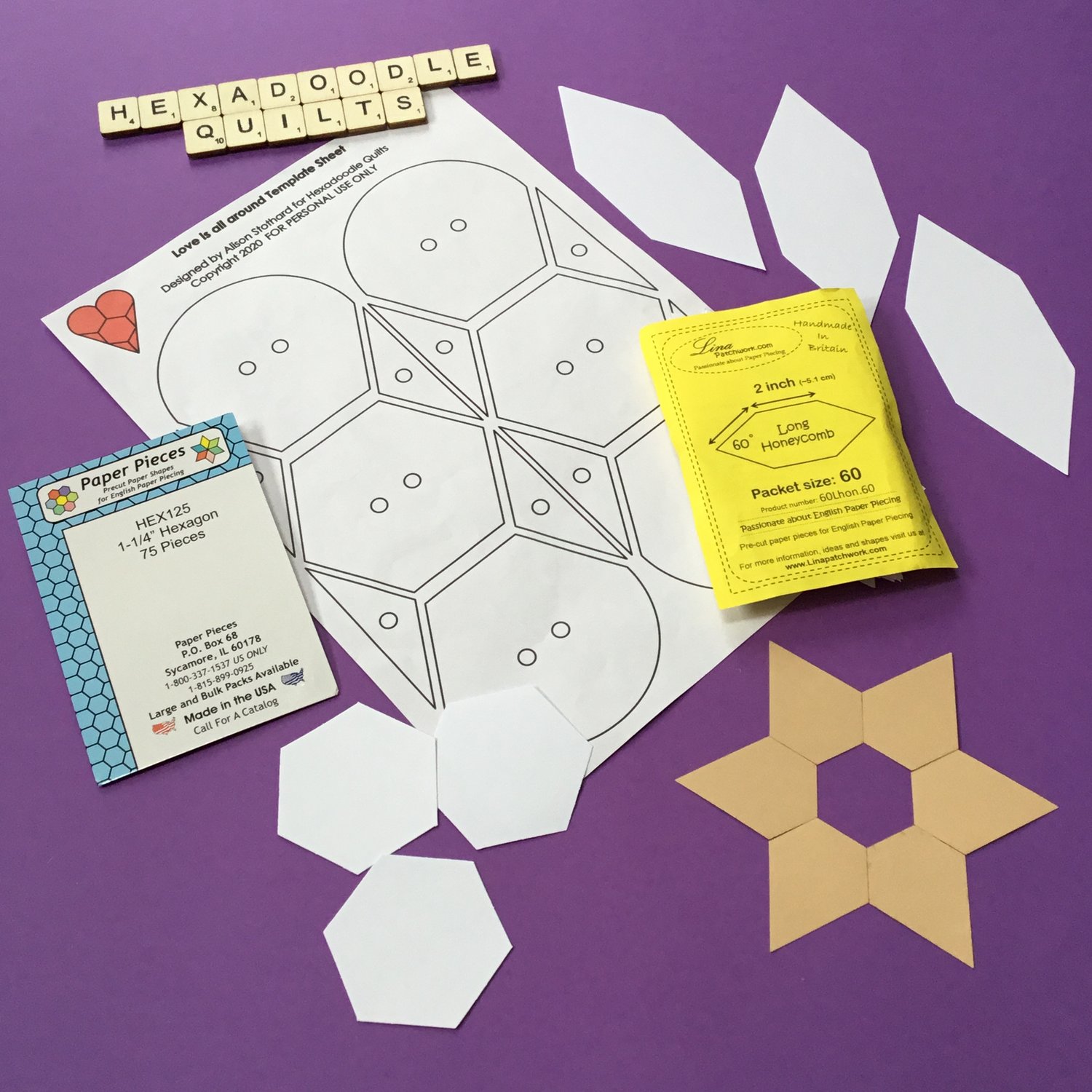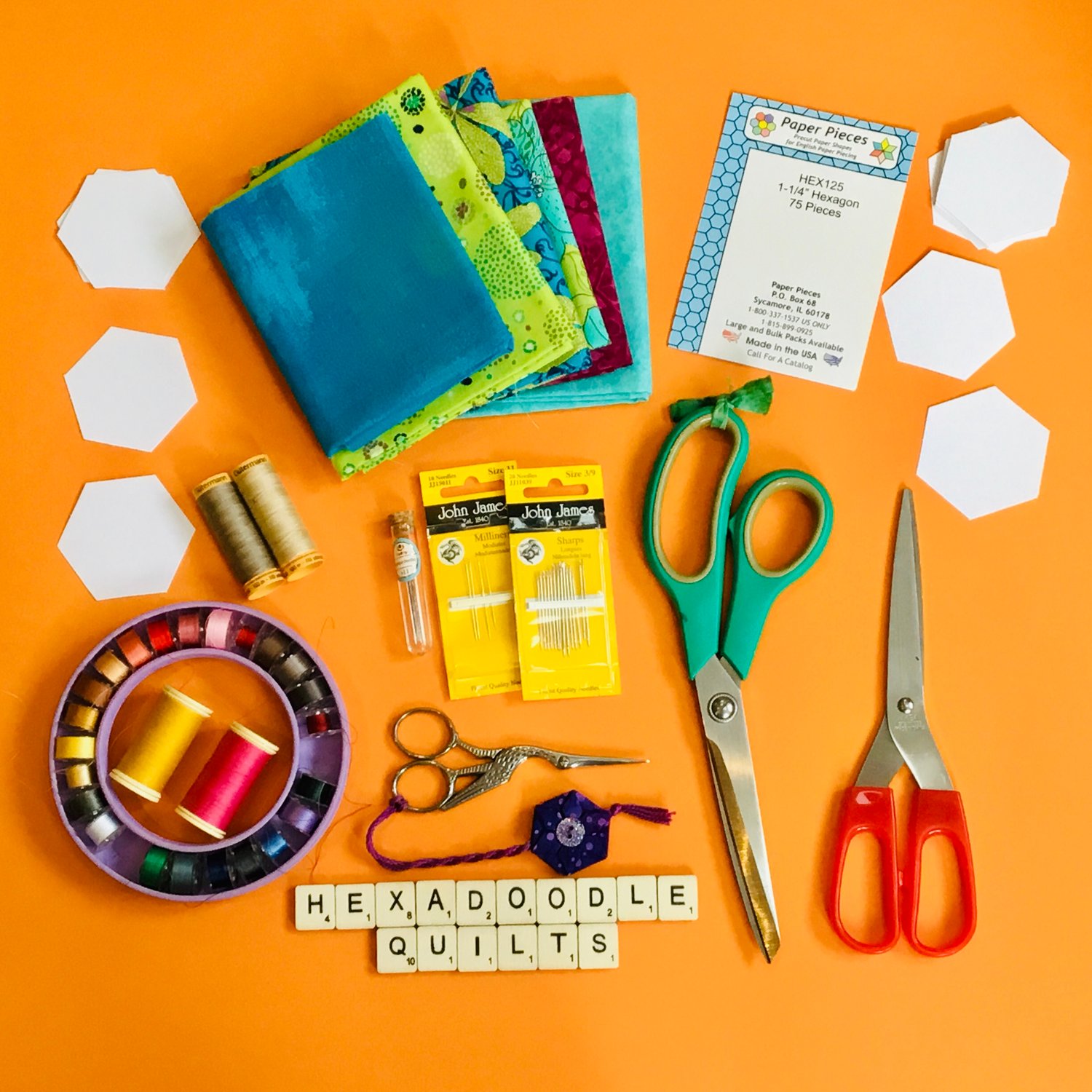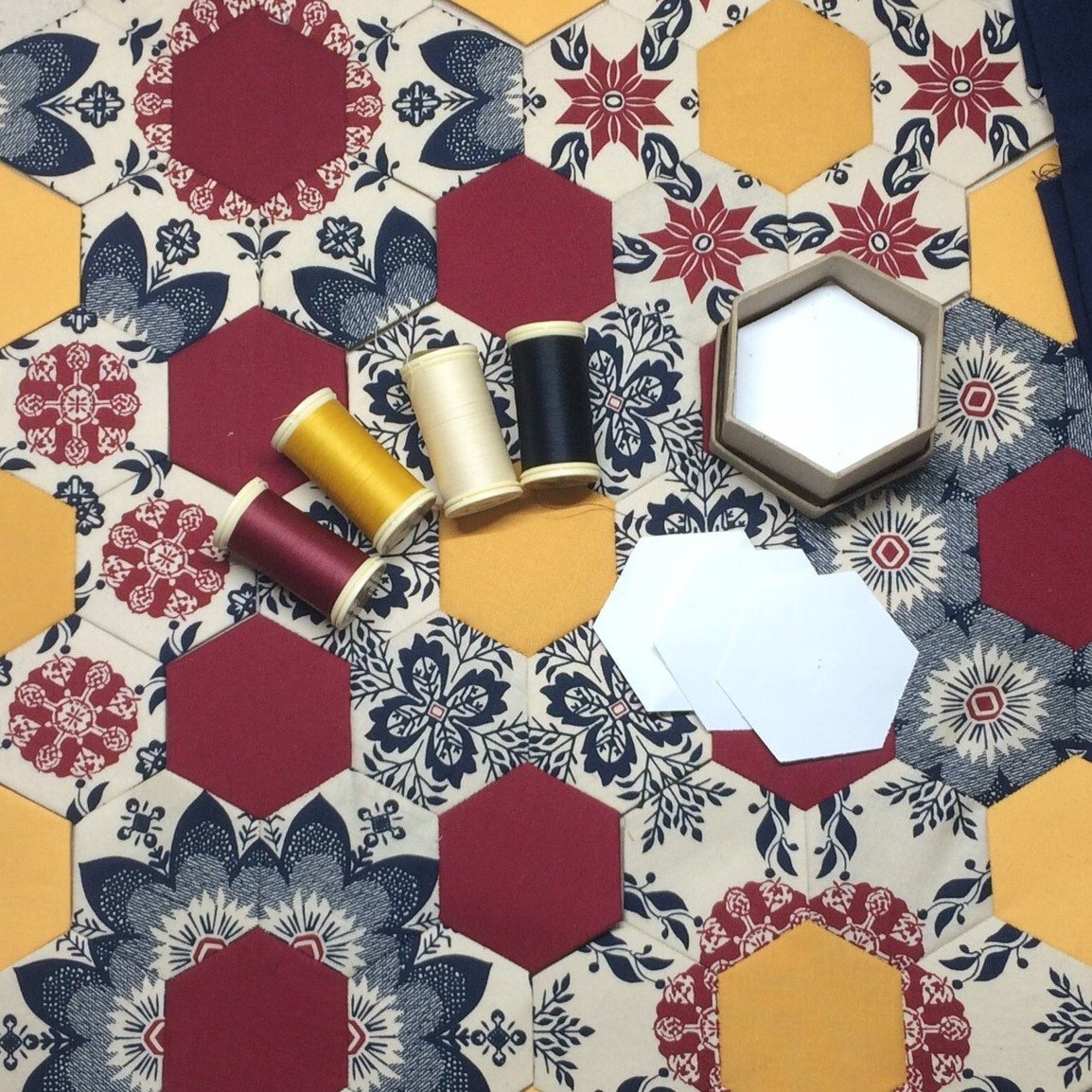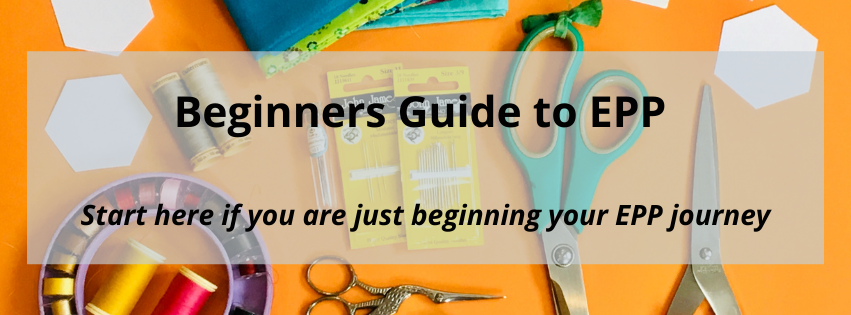

Learning to English Paper Piece (EPP)
When I first began English paper piecing in the early 2000's, I wasn't really sure where to begin looking for resources or information to help me.
My only source of information at that time was a copy of the Readers Digest Complete Guide to Needlework published in the early 1980's which had a whole 3 pages dedicated to "one-shape patchwork". 1 page for "shell" patchwork (now more commonly referred to as Clamshell), 1 page for Baby Blocks (or tumbling blocks) and 1 page for Grandmothers Flower Garden (hexagons). I like to have a little giggle now and then by looking back at this book and seeing how far I have come since then.
Therefore, it is my intention that this Guide will prevent you from undergoing the same processes of trial and error (and disappointments) that I did back then when I was just starting out on my EPP journey.
Can I really teach myself EPP?
Absolutely you can!
If you can thread a needle (or use a needle threader) then, you can English paper piece.
English paper piecing is an excellent starting point on your patchwork and quilting adventure because it only requires the mastery of simple stitches and very few supplies. In fact, the chances are that you may have all the supplies you need already within your home or workplace.
How to English paper piece (EPP) - An overview
Watch this short video to see just how straightforward and easy it is to make a flower rosette for a Grandmothers Flower Garden quilt.
Then, continue reading below the video for more information about EPP and the supplies you'll need to get started.
What is English Paper Piecing (EPP)?
The technique of wrapping fabric around paper templates to make patchwork pieces is known as English Paper Piecing or EPP (for short).
It is an simple way of creating large complex pieces of patchwork consisting of geometric shapes that tessellate or fit together without any gaps or overlaps. The finished pieces often look like tiled floors or mosaics and so you may find that it is also referred to as “mosaic patchwork”.
Typically, an English paper pieced quilt is made up of a series of repeating shapes in an all-over design as opposed to “blocks” surrounded by borders or frames as is common in other traditional patchwork techniques.
It is the perfect introduction to patchwork and quilting for those new to the craft due to its relative low cost, ease of portability and leisurely pace of construction.
As shown in the video above, the process of EPP is a simple one:
A fabric patch is cut out including a seam allowance so that it is larger than the paper template. This fabric patch is then wrapped around a paper template and held in place with tacking or basting stitches.
One or more pieces are then sewn together to create a larger piece of “fabric”.
This fabric can then be used as an alternative to a single piece of fabric for your sewing project such as bags or clothing or it can be layered with wadding (or batting) and a backing fabric and then quilted to make a quilt, table mat, wall hanging any many other items.
Supplies for English Paper Piecing
The very first thing I would like to say about EPP Tools and materials is, to start with what you have.
If you have nothing at all, then start with the best that you can afford.
This craft has been practiced for hundreds of years using only the most basic tools and equipment.
It is extremely easy to get caught up in the fervour of the latest quilting gadget or gizmo to be released which promises to revolutionise the way that you sew. My sewing room is littered with them - but I always return to the same basic tools:
Basic supplies needed for English Paper Piecing (EPP)
-
As the name implies, English Paper Piecing uses paper templates to provide shape and stability to our fabrics so they can be sewn together.
The most important thing about your paper templates is that they be ACCURATE and CONSISTENT.
They should be made of a material that is firm enough for you to wrap your fabrics around them without distorting the template.
All of my patterns include digitally drawn templates in PDF format for you to print and cut your own paper templates at home.
-
There are 100s of different needle variations available out there and choosing the wrong needle to work with can lead to poor results and much frustration.
I choose to use 2 different types of needle for my English Paper Piecing: I use a Sharps Needle for basting my fabrics to my papers and a Milliners (or Straw) Needle for sewing my shapes together.
My main piece of advice would be that if you decide to buy only one type of needle, invest in a good quality SHARPS needle. My favourite needles are made by John James and Tulip.
Finding the right needle for you may take some trial and error but starting out with a packet of mixed sizes would be a great option.
Hand sewing needles are numbered differently to machine sewing needles.
For hand sewing needles, the higher the number, the finer the needle - a size 5 hand sewing needle is much bigger than a size 10 hand sewing needle.
-
When I first started English paper piecing, I used whatever thread I had on hand.
This is still pretty much the case today but over the years I have added to my extensive thread collection and a number of factors have influenced my buying decisions.
I still use a variety of threads in my work, but my choice of which thread I use is now determined by a number of factors.
I try to match the colour of my thread to the fabrics that I am stitching.
If I am stitching a dark piece to a lighter piece, I favour using a thread coloured to match the darker piece.
If you are just starting out, I recommend using a 50 weight 100% cotton sewing thread which is readily available at most sewing and quilting stores. This will be suitable for both basting your shapes and sewing them together.
-
Throughout your EPP journey, you will be cutting papers, template plastic, fabric and thread.
For this reason, I recommend having at least 3 pairs of scissors:
One pair for cutting paper and plastic, a pair for cutting fabric and another smaller pair for cutting threads.
As with all things, buy the best you can afford. I'm still using the very first pair of fabric scissors that I purchased way back in 2004 when I first started sewing. I tend to use a rotary cutter more these days than scissors.
I keep these scissors AWAY from my family and attach a scissor fob or scrap of fabric to the handles to remind them that they are for fabric ONLY.
For my plastic/ paper scissors, I just bought a set of cheap utility scissors from everyone's favourite Swedish home ware store and kept the largest pair for my sewing room.
-
Fabric is the paint with which we create our EPP masterpieces!
The best fabrics for paper piecing have a firm, even weave and crease well. 100% cotton fabrics are best for your first projects. Not all fabrics are created equal however, and it is important to use the right fabrics when you are getting started with English Paper Piecing.
From personal experience, I have learned that not all 100% cotton fabrics are ideal for English Paper Piecing
I avoid using Cotton Poplin fabrics - although cheaper than quilting cottons, I have sometimes had a hard time stitching my pieces together.
Visit your local quilt shop (LQS) and ask for advice if you are not sure.
My favourite fabric size to purchase is called a Fat Quarter. Depending on where you are in the world, a fat quarter should measure at least 18" wide by 20" tall. This means that you can purchase 4 different fabrics for the roughly same price as a single yard or metre of fabric.
If you want a lot of variety in your EPP quilt, I can highly recommend using pre-cut fabrics. They come in a range of sizes including 2.5" squares (perfect for 1" hexagons), 5" squares, 10" squares and have delightful names such as Candy squares, Charm Packs and Layer Cakes
Please don't be tempted to buy cheap fabric for your first quilt - you will be investing a large amount of time and energy into the project and it would be a shame if you didn't get the result you were hoping for.
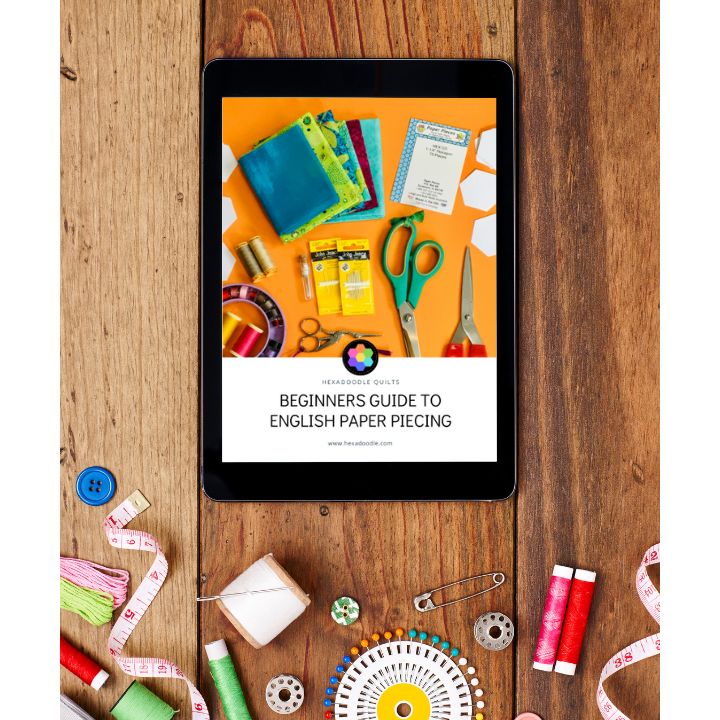
One last thing...
Please give yourself permission to make mistakes, learn and grow.
As you continue on your English Paper Piecing journey, you will begin to notice the areas that you would like to improve upon or change and this will be the time to start experimenting and investing in different tools and materials.
After all, the only right way to English Paper Piece is the way that works for YOU!
Now, let's get stitching!
Download my Beginners Guide with a free pattern for a simple mug rug.
